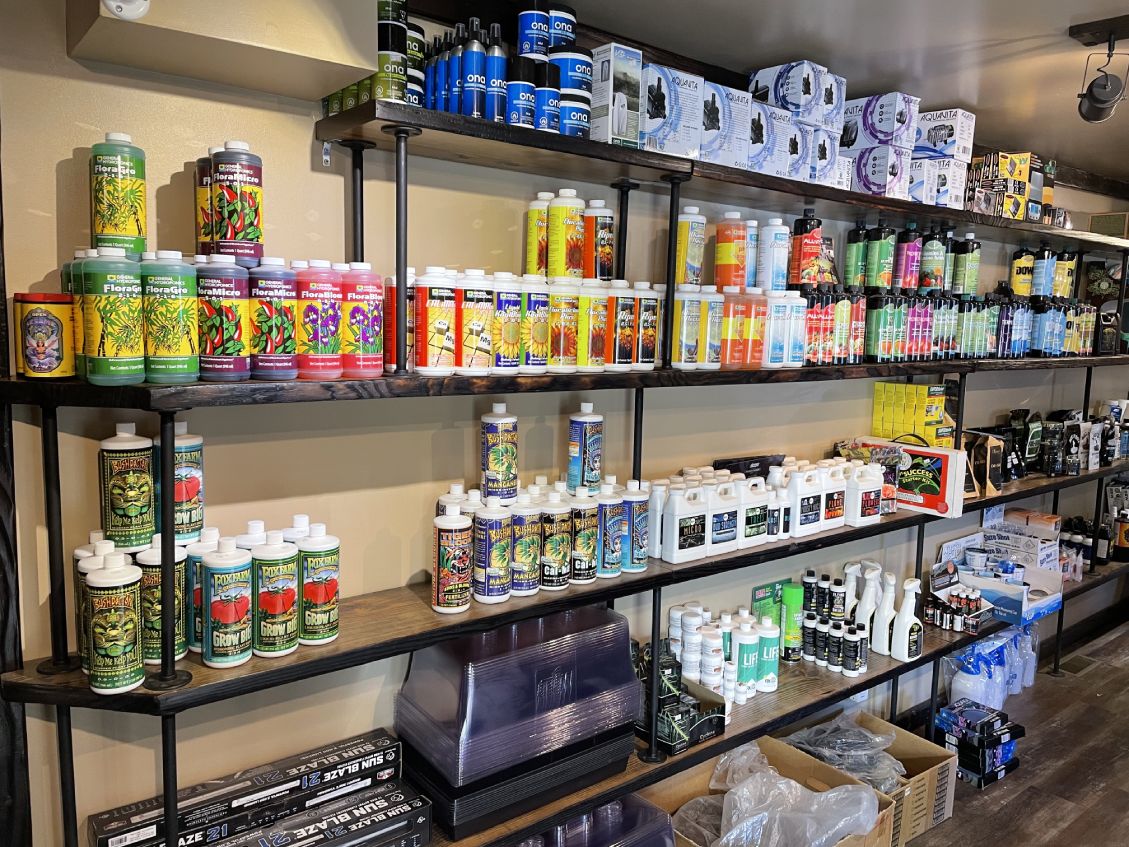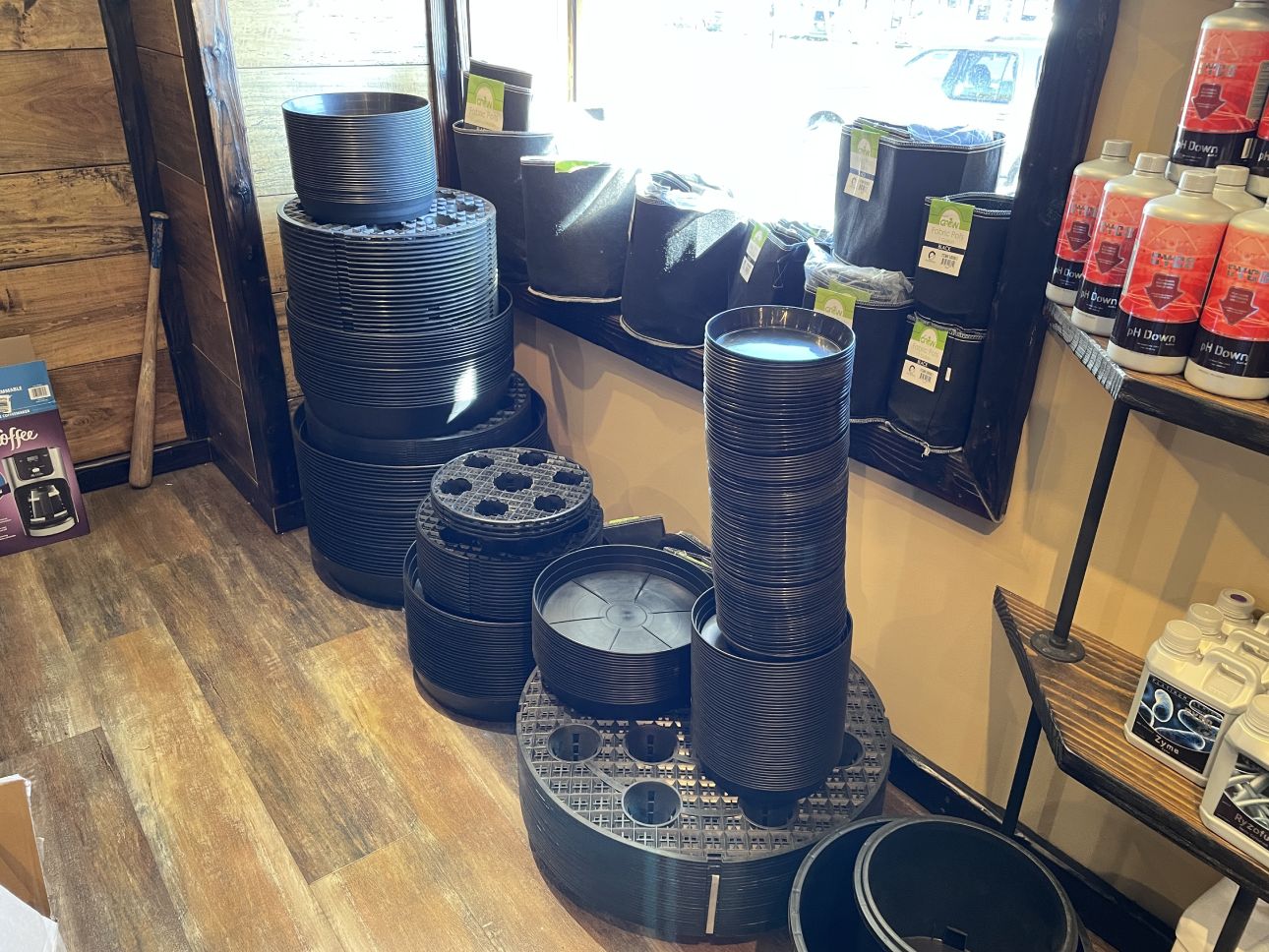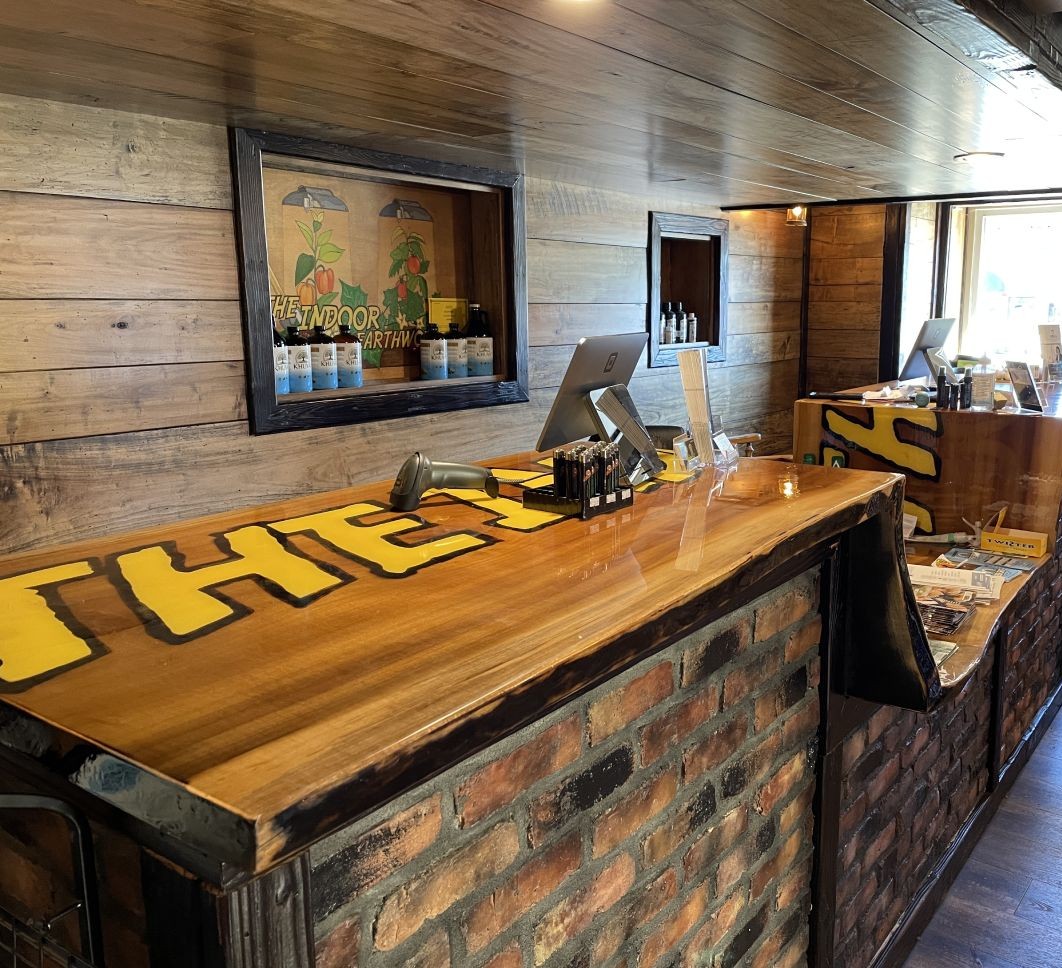Study the Globe of Hydroponics: Exploring Numerous Types
Within the realm of hydroponics lies a diverse range of cultivation techniques that offer one-of-a-kind benefits for growing plants without soil. As we begin on this expedition of numerous hydroponic systems, we will certainly reveal the intricacies of strategies like the Nutrient Movie Strategy (NFT), Deep Water Society (DWC), Wick System, Ups And Downs (Flood and Drainpipe), and Aeroponics. Each approach presents a distinctive method to nurturing plants in a soil-less setting, encouraging advancement and efficiency in the world of contemporary farming.

The Nutrient Film Strategy (NFT)
The Nutrient Movie Strategy (NFT) is a hydroponic system that entails a continual flow of nutrient remedy over plant origins in a slim movie to advertise efficient nutrient uptake. This approach utilizes a shallow stream of water that consists of liquified nutrients, permitting the plant origins to have consistent accessibility to the required aspects for growth - The Indoor Earthworm. The nutrient solution streams along all-time low of the network, contacting the origins and afterwards draining away, providing an extremely oxygenated setting vital for origin wellness
Considering that the nutrient solution is recirculated, it calls for much less water contrasted to standard soil-based gardening. In addition, the controlled environment of the NFT system minimizes the threat of nutrient imbalances and diseases, leading to healthier plants.
Deep Water Culture (DWC)
Among the various hydroponic systems used for cultivating plants, Deep Water Culture (DWC) stands out for its basic yet effective style. In a DWC system, plants are positioned in internet pots, enabling their origins to dangle directly into a nutrient service. This option is oxygenated utilizing air pumps and air stones to make certain that roots receive an ample oxygen supply. The key to success in DWC is preserving the appropriate oxygen levels in the nutrient remedy to stop root rot and advertise healthy plant growth.
One of the main advantages of DWC is its low maintenance needs. With less moving parts and no requirement for a complicated watering routine, DWC is a beginner-friendly choice for those brand-new to hydroponic horticulture. In addition, the direct accessibility to oxygen and nutrients allows plants to uptake what they require much more effectively, usually leading to faster growth rates and greater returns compared to conventional dirt cultivation approaches. Nevertheless, controlling water temperature level and preventing algae growth in the nutrient option are critical factors to consider when implementing a DWC system.
Wick System
In hydroponic growing, the Wick System is a passive method that makes it possible for plants to attract up nutrition solution through capillary activity. The capillary action of the wick allows the nutrient service to relocate from the storage tank to the growing tray, making sure a constant supply of nutrients to the plants' roots. It may not be ideal for larger plants or those with high nutrient requirements, as the easy nature of the system can lead to unequal nutrition distribution.
Ebb and Circulation (Flood and Drainpipe)
Discovering the Ebb and Flow (Flooding and Drain) system provides insight right into a dynamic hydroponic strategy that alternates in between flooding and draining the plant roots with nutrient option. This system runs by occasionally flooding the plant containers with a nutrient solution from a reservoir and then allowing the excess service to drain pipes back. The process is generally managed by a timer to guarantee routine flooding cycles, supplying the roots with official site oxygen as the option recedes.
Ebb and Circulation systems are versatile and can accommodate numerous plant dimensions and kinds. They supply a great equilibrium of water retention and oygenation, advertising healthy and balanced origin development. The regular flooding helps supply nutrients straight to the origins, boosting nutrient uptake efficiency. In addition, the ups and downs action avoids water stagnation, lowering the danger of origin rot and various other water-related issues.
This method is preferred among hydroponic lovers for its simpleness, efficiency, and adaptability to various plant demands. With appropriate surveillance and upkeep, the Ups and downs system can support robust plant development in a controlled hydroponic environment.
Aeroponics
Making use of a high-pressure misting system, Aeroponics is a sophisticated hydroponic technique that puts on hold plant origins in an oxygen-rich setting to promote ideal nutrient absorption and energetic development. Unlike various other hydroponic techniques, which submerge origins in water or a nutrient solution, Aeroponics supplies nutrients straight to the roots through a great haze. This haze is splashed at regular periods, ensuring that the origins get a constant supply of water, oxygen, and nutrients.

One of the key benefits of Aeroponics is its ability to make best use of nutrient uptake while minimizing water use. By providing nutrients directly to the origins, plants can absorb them extra effectively, leading to faster development rates and higher yields. Additionally, the oxygen-rich environment developed by the misting system boosts origin advancement and assists protect against root conditions.
Aeroponics is particularly fit for growing leafy greens, natural herbs, and various other plants that thrive in aerated environments. The Indoor Earthworm. Its reliable use of sources and capability to promote rapid development make it a prominent choice for hydroponic fanatics looking to accomplish optimum results
Verdict
To conclude, hydroponics supplies a range of ingenious methods for growing plants without soil. From the nutrient film technique to deep water society, each approach has its very own advantages and challenges. By comprehending and using these different types of hydroponic systems, individuals can check out new opportunities for lasting agriculture and take full advantage of plant development in controlled settings.
